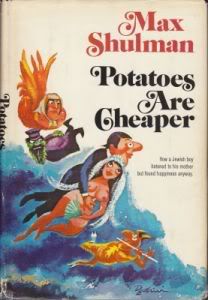© 1963 Dr. Martin Luther King Jr
158 pages

Although raised in a fundamentalist background, King adopts a “tough-minded” approach. He does not attack science when it collides with religion, for he sees science and religion as two different areas of human experience that share little ground. American scientist Stephen Jay Gould shared this approach, labeling science and religion as “non-overlapping magisteria”. Although he is not an outright slave to tradition, he still defends the Judeo-Christian heritage in full, including embracing the murderous god of Abraham and Moses while preferring to teach from the New Testament. His approach, he says, is neither conservative nor liberal, but combines elements of both. He adopts the same approach to the intersection of his faith and life: he does not see the primary purpose of Jesus as giving people an escape from metaphysical hell, but in demonstrating a godly way to live and sacrificing himself in order to inspire others. King sees the Christian mandate as striving to create the “Kingdom of God” on Earth, and he believes progress can only be achieved through surrender to a loving God. He decries the secular belief in progress that defined the 19th century (and parts of the 20th, until the two world wars) as an illusion -- a plague, even. While he appreciates humanists as people of conscience who want to make the world a better place, he sees the philosophy as flawed. He also accuses humanists of arrogance and self-worship, accusations common among Christians*.
His worldview as mentioned above is articulated in this book, in addition to his thoughts on Communism, his path to nonviolence, and his ideas on how the Christian church may recover from its corrupt impotence and become a progressive force in society once more. The essay on Communism made for interesting reading, as King is sometimes associated with “leftist” causes. His passion for social justice is beyond doubt, as is his admiration for Karl Marx, who he sees as someone who was similarly passionate. He sees the Leninist system of communism as being built on a heap of bad ideas, among them the humanistic faith in progress. King’s religious experience and a near-mystical testimony make obvious that his belief in the need for God is unshakable. Even so, he is something of a Christian humanist given his approach to realizing a better world now, and his firm belief that people must work with God. He also alludes to favorably all manner of individuals, including nonreligious persons like Charles Darwin and Helen Keller.
Strength to Love made for a fascinating collection of thoughts by King, not always agreeable to me but ever informative and heartening in its way, especially the first four sermons which were not as anti-humanistic. This is an obvious recommendation to Christian audiences, the generally religious, those interested in King's life and his approach to Gandhi's philosophy, and to those with a tendency to deify love.
* The charge of "arrogance" is subjective. Christians might call a humanist arrogant for thinking he can "make it on his own", but a humanist could just as easily think a Christian arrogant for thinking the creator of "all that is" makes obsessive plans centered on the needs and whims of people. The opposite is true: I think humanists and Christians can both be humble in our ways.








